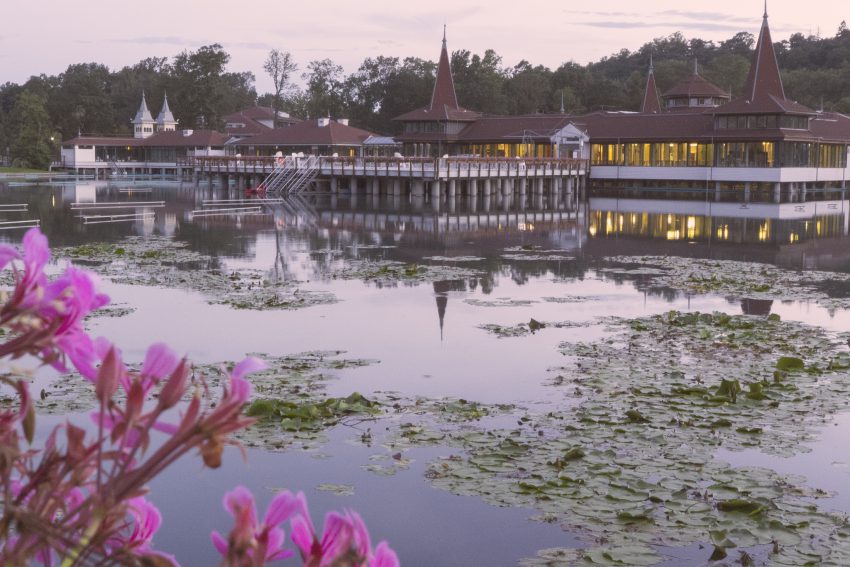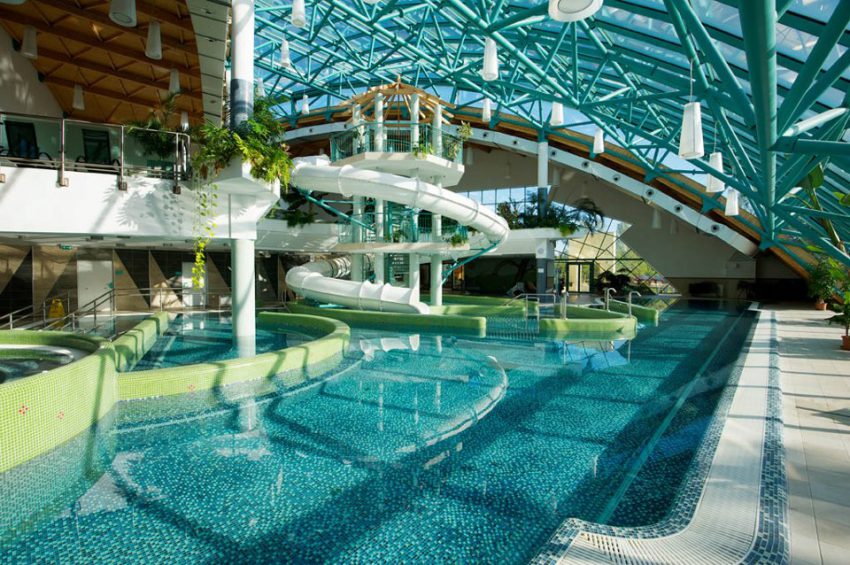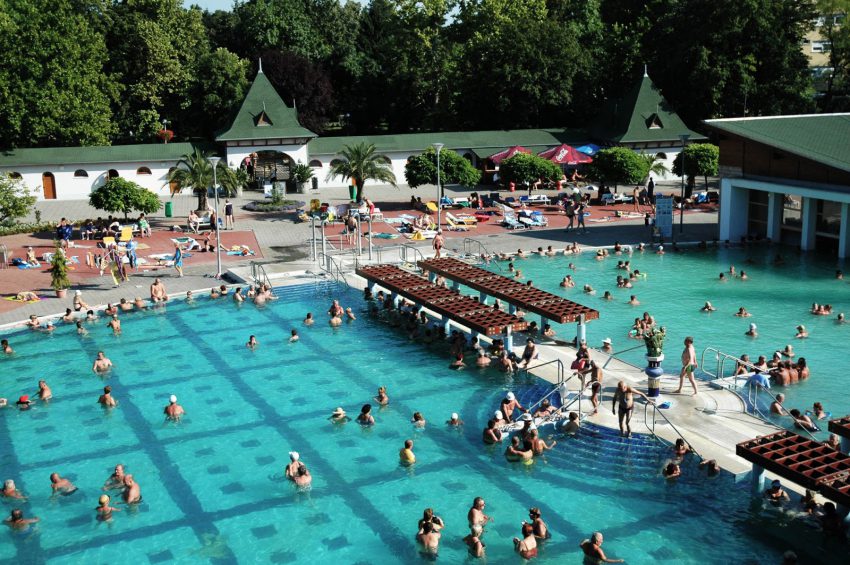Did you know that Budapest is the only capital city in the world that has more than 100 thermal water sources and wells? Moreover, the International Spa Association was founded in Danubius Hotel Gellért in 1937, when Budapest was declared the eternal centre of the organization. No wonder that the city (in fact, the whole country) celebrates the Day of Hungarian Bathing Culture on the second Saturday of October.

The Beginnings
Hungary is often referred to as the country of thermal baths, as natural water resources (hotter than 30 degrees) cover 70% of Hungarian land. Our ancestors could enjoy the health benefits of thermal waters since the 1st century AD, due to the ancient Romans who conquered the western parts of the country and started building thermal spas that were decorated with murals and terrazzo flooring and served as the centre of social life. Since men and women were not allowed to bathe together, spas were usually divided into two. If, for some reason, they couldn’t be separated, female visitors were asked to frequent the spa in the first half of the day, whereas men were encouraged to do so during the afternoon hours. Most commonly, the bathing rituals included a long soak first in hot water followed by bathing in colder and colder ones.
The Golden Age of Thermal Spas
During the years of the Hungarian reform era (1825-1848) some of the most well-known thermal spas of Hungary were built as part of the Austro-Hungarian Monarchy. After the Hungarian revolution and war of independence of 1848-1849 constructions stopped for a while, but Hungarian bathing culture started to boom again during the 1850s. Our spas were top-ranked in the second half of the 19th century with such first-class bathing areas as Balatonfüred, Parád and Pöstyén. The good reputation encouraged further investments and development.
With the development of transportation and the railway system, countryside spas (such as Harkány and Hévíz) became available to the lower classes, being much cheaper than the ones in Budapest.
Hévíz Lake Bath
The 4.44 ha body of water in Hévíz is the largest biologically active, natural thermal lake in the world that is open to bath. The hot water comes from a 38-meter deep karst cave, and due to the relatively rapid water flow (30-40 thousand litres per minute) Hévíz Lake is completely replenished every 72 hours. Curiously enough, when Budapest Zoo’s 3-year-old elephant called Nelly was diagnosed with rheumatic disorder in 1914, she was sent to Lake Hévíz to have her hurting legs cured. She is said to have enjoyed bathing in the lake a lot, which helped to ease her pain, too. Besides rheumatic disorders, thermal water heals spinal, joint, skin and gynaecological disorders, and facilitates the locomotion rehabilitation process.

Igal Thermal Spa
In the 1940s the old marketplace of Igal was drilled in the hope of finding oil; however, from 651-meter depth hot thermal water surfaced, famous today for its healing effect. On August 20, 1962 two swimming pools opened, which were winterized three years later. Today the spa boasts 13 different pools, four saunas, and such extras as several types of massage, sport fields, a beauty salon, and a playground. Underwater massage, parafango mud treatment, and therapeutic massage are just a few of the cures Igal Thermal Spa has to offer.

Harkány Spa
The favourable climate of Harkány with its 2100-2200 hours of sunshine per year serves as a perfect base for a bath therapy. The water of Harkány has been proved to help cure joint, lymphatic and gynaecological disorders, and osteoporosis. In addition, it is one of three places in the world that significantly improves psoriasis. Apart from thermal water treatments, visitors of Harkány Spa may also enjoy wellness and spa services year-round, whereas its outdoor beach is open during the warmer months.

